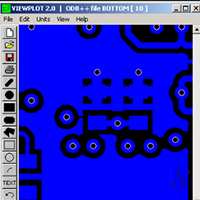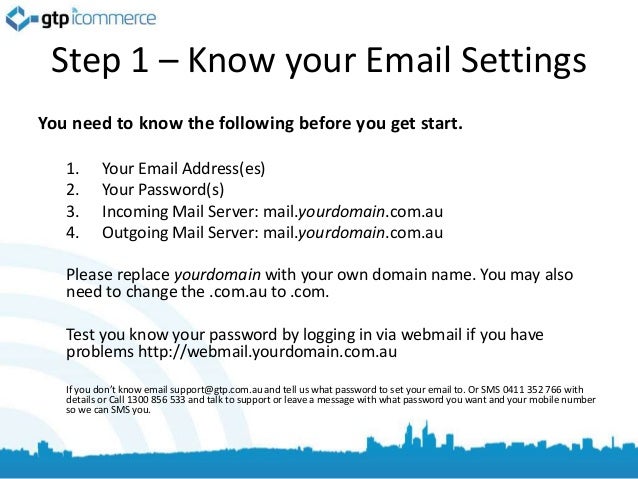
Gtp For Mac Os Recovery Tool
In the Disk Utility app on your Mac, select a volume in the sidebar, click the Partition button, then click Partition. In the pie chart, click the partition you want to delete, then click the Delete button. If the Delete button is dimmed, you can't delete the selected partition. Click Apply, then click Partition. Driver-free installations for a wide range of platforms: Compatible with Windows 7, 8, 10, Vista, XP, and 2000, and Mac 10.4 and above. Just plug and play! Just plug and play! This keyboard also features multimedia key support for both Windows and Mac OS. GPT (GUID Partition Table) It also includes the total number of partitions in that partition table. This identifier marks a Mac OS X partition used in a. GUID Partition Table (GPT) is a partitioning scheme that is part of the Unified Extensible Firmware Interface specification; the GPT scheme is required.
- The GUID Partition Table (GPT) is a standard for the layout of partition tables of a physical computer storage device, such as a hard disk drive or solid-state drive, using universally unique identifiers, which are also known as globally unique identifiers (GUIDs).Forming a part of the Unified Extensible Firmware Interface (UEFI) standard (Unified EFI Forum-proposed replacement for the PC BIOS.
- GPT fdisk is a collection of disk partitioning tools that can be controlled via the command line. The set includes the gdisk, cgdisk, sgdisk, and the fixparts components, which you can call upon.
Disk Utility User Guide

Partitioning a disk divides it into individual sections, each of which acts as a separate volume.
However, with APFS, you shouldn't partition your disk in most cases. Instead, create multiple APFS volumes within a single partition. With the flexible space management provided by APFS, you can even install another version of macOS on an APFS volume.
Important: If you're partitioning your internal physical disk because you want to install Windows, use Boot Camp Assistant instead. Do not use Disk Utility to remove a partition that was created using Boot Camp Assistant. Instead, use Boot Camp Assistant to remove the partition from your Mac.
Add a partition
Important: As a precaution, it's best to back up your data before creating new partitions on your device.
In the Disk Utility app on your Mac, select a volume in the sidebar, click the Partition button , then click Partition.
Internal storage devices appear below the Internal section in the sidebar. External devices appear below the External section in the sidebar.
When you select a volume that already has data on it, the pie chart shows a shaded area representing the amount of data on the volume and an unshaded area representing the amount of free space available for another volume. Disk Utility also shows whether the volume can be removed or resized.
Note: If you see a small volume with an asterisk, the partition is smaller than can be represented at the correct scale in the chart.
Click the Add button .
Type a name for the volume in the Name field. Robotask crack.
For MS-DOS (FAT) and ExFAT volumes, the maximum length for the volume name is 11 characters.
Click the Format pop-up menu, then choose a file system format.
Enter the size or drag the resize control to increase or decrease the size of the volume.
Click Apply, click Partition, then click Continue.
Click Show Details to view the step-by-step process of creating a new volume.
After the volumes are created, click Done.
After you partition a storage device, an icon for each volume appears in both the Disk Utility sidebar and the Finder sidebar.
Delete a partition
WARNING: When you delete a volume or partition, all the data on it is erased. Be sure to back up your data before you begin.
In the Disk Utility app on your Mac, select a volume in the sidebar, click the Partition button , then click Partition.
In the pie chart, click the partition you want to delete, then click the Delete button .
If the Delete button is dimmed, you can't delete the selected partition.
Click Apply, then click Partition.
After the volume is deleted, click Done.

Erase a partition

Gtp For Mac Os Recovery Tool
In the Disk Utility app on your Mac, select a volume in the sidebar, click the Partition button, then click Partition. In the pie chart, click the partition you want to delete, then click the Delete button. If the Delete button is dimmed, you can't delete the selected partition. Click Apply, then click Partition. Driver-free installations for a wide range of platforms: Compatible with Windows 7, 8, 10, Vista, XP, and 2000, and Mac 10.4 and above. Just plug and play! Just plug and play! This keyboard also features multimedia key support for both Windows and Mac OS. GPT (GUID Partition Table) It also includes the total number of partitions in that partition table. This identifier marks a Mac OS X partition used in a. GUID Partition Table (GPT) is a partitioning scheme that is part of the Unified Extensible Firmware Interface specification; the GPT scheme is required.
- The GUID Partition Table (GPT) is a standard for the layout of partition tables of a physical computer storage device, such as a hard disk drive or solid-state drive, using universally unique identifiers, which are also known as globally unique identifiers (GUIDs).Forming a part of the Unified Extensible Firmware Interface (UEFI) standard (Unified EFI Forum-proposed replacement for the PC BIOS.
- GPT fdisk is a collection of disk partitioning tools that can be controlled via the command line. The set includes the gdisk, cgdisk, sgdisk, and the fixparts components, which you can call upon.
Disk Utility User Guide
Partitioning a disk divides it into individual sections, each of which acts as a separate volume.
However, with APFS, you shouldn't partition your disk in most cases. Instead, create multiple APFS volumes within a single partition. With the flexible space management provided by APFS, you can even install another version of macOS on an APFS volume.
Important: If you're partitioning your internal physical disk because you want to install Windows, use Boot Camp Assistant instead. Do not use Disk Utility to remove a partition that was created using Boot Camp Assistant. Instead, use Boot Camp Assistant to remove the partition from your Mac.
Add a partition
Important: As a precaution, it's best to back up your data before creating new partitions on your device.
In the Disk Utility app on your Mac, select a volume in the sidebar, click the Partition button , then click Partition.
Internal storage devices appear below the Internal section in the sidebar. External devices appear below the External section in the sidebar.
When you select a volume that already has data on it, the pie chart shows a shaded area representing the amount of data on the volume and an unshaded area representing the amount of free space available for another volume. Disk Utility also shows whether the volume can be removed or resized.
Note: If you see a small volume with an asterisk, the partition is smaller than can be represented at the correct scale in the chart.
Click the Add button .
Type a name for the volume in the Name field. Robotask crack.
For MS-DOS (FAT) and ExFAT volumes, the maximum length for the volume name is 11 characters.
Click the Format pop-up menu, then choose a file system format.
Enter the size or drag the resize control to increase or decrease the size of the volume.
Click Apply, click Partition, then click Continue.
Click Show Details to view the step-by-step process of creating a new volume.
After the volumes are created, click Done.
After you partition a storage device, an icon for each volume appears in both the Disk Utility sidebar and the Finder sidebar.
Delete a partition
WARNING: When you delete a volume or partition, all the data on it is erased. Be sure to back up your data before you begin.
In the Disk Utility app on your Mac, select a volume in the sidebar, click the Partition button , then click Partition.
In the pie chart, click the partition you want to delete, then click the Delete button .
If the Delete button is dimmed, you can't delete the selected partition.
Click Apply, then click Partition.
After the volume is deleted, click Done.
Erase a partition
In the Disk Utility app on your Mac, select the volume you want to erase in the sidebar.
Click the Erase button , then click Erase.
If the Erase button is dimmed, you can't erase the selected volume.
After the volume is erased, click Done.
Enlarge a partition on a storage device
If you have multiple partitions on a device and one of them is running out of space, you may be able to enlarge it without losing any of the files on it.
To enlarge a volume, you must delete the volume that comes after it on the device, then move the end point of the volume you want to enlarge into the freed space. You can't enlarge the last volume on a device.
WARNING: When you delete a volume or partition, all the data on it is erased. Be sure to back up your data before you begin.
Gtp For Mac Os High Sierra
In the Disk Utility app on your Mac, select a volume in the sidebar, then click the Partition button .
In the pie chart, select the partition you want to delete, then click the Delete button .
Click Apply.
The partition is removed, reformatted, and all free space is assigned to the previous partition.
Click Done.
